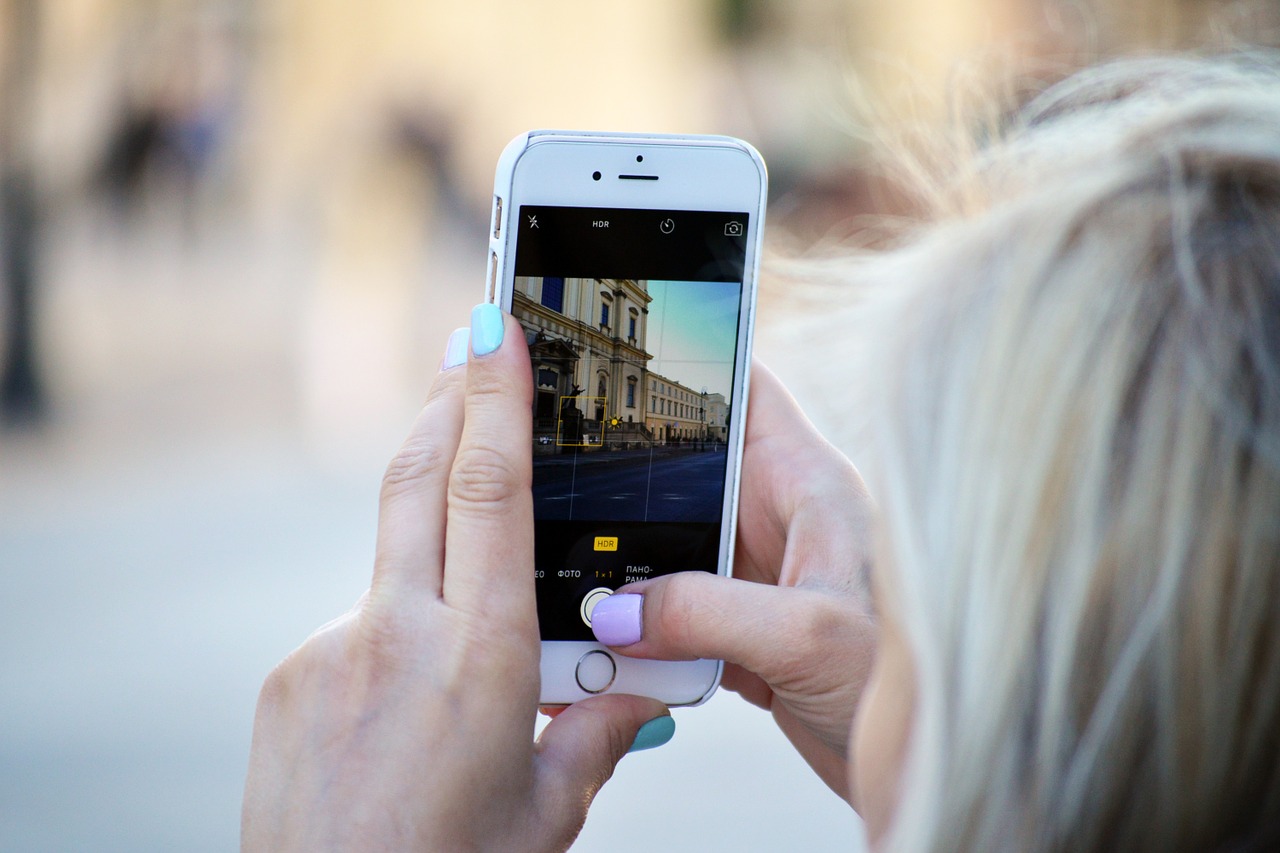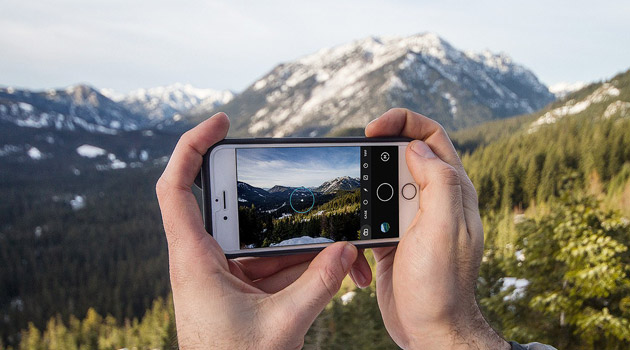Cameras
Upping Your Smartphone Photography Game In 2020
Long gone are the days of carrying a compact digital camera around on nights out or using our cabin baggage allowance to take a hefty camera on vacation. Nowadays, most of us have got a perfectly adequate camera in our pockets or bags, all of the time. The quality of the cameras on our smartphones has revolutionized the way that we take photographs. Photos are no longer just for trips or special occasions. We take pictures of absolutely everything, from our meals to our outfits and all of the different elements of our day.
Many of these photos stay on our devices. They might not all be excellent quality, but they are good enough to look back on later and bring back happy memories. Some of them, however, you’ll want to share, either on social media or by showing people in real life. These photos, you’ll want to be proud of.
If your Instagram feed is distinctly lacking in quality or inspiration and doesn’t do your adventures (or your meals) justice, here are some excellent smartphone photography tips to help you to up your game.
Upgrade Your Phone
While cell phones have featured phones for many years (about 20 in fact), newer models are considerably more advanced. The newer your phone, the better your camera is likely to be. Lenses on smartphones have improved, megapixels have multiplied, and the features included in cameras have advanced beyond belief. The cameras on smartphones being released in 2020 are as good, if not better, than stand-alone compact cameras in 2000.
Even if your phone is just a few years old, you might see a noticeable difference in photo quality if you upgrade to the latest model. If you don’t quite have the budget to buy a brand new one, then you can instead get hold of a second-hand one, such as an iPhone Refurbished, and gain access to a better camera that way. So there is always an option for someone who is keen to improve their smartphone’s camera.
Get to Know Your Phone Camera
All smartphone cameras are a little different. Zoom quality is different. The ability to blur backgrounds exists on some but not others. You might be able to brighten the image or change exposure, and you’ll almost certainly have focus options. Even the button that you press to shoot could be different. Get to know your phone’s camera, press some buttons, touch the screen, and even (heaven forbid) read the instructions to learn more about what it can do.
Organize Your Photos
A big problem with sharing photos online isn’t taking the best picture. It’s finding the best image in your camera roll, which might hold millions of photos. The google photos storage limit is probably far greater than the limit on your phone, and Google Photos gives you an efficient way to store your pictures and an easy way to find the shot you are looking for.
Work on Composition
Often, the best photos (certainly when viewed on a small screen) aren’t the ones with the perfect exposure, or most megapixels, but the ones that are thoughtfully and perhaps artfully composed. Think more about what is happening in the shot than how you are taking it. Frame the subject on your photo using the rule of thirds, make sure the hero (the main subject) gets the most focus and draws the eye, and use odd numbers of props and other elements to create an appealing shot. For example, a photo of a slice of cake with five berries on the side of the plate, not six.
Invest in Software
If you think software is only designed for desktop computers you might be in for a surprise. In fact, smartphone software is widely available and it can significantly enhance your photography results. Tale Adobe Lightroom, for example, for a moderate monthly subscription you can level up the camera capabilities of your smartphone.
Smartphone software is carefully designed and optimized for the end-user. In most cases, the software is put through rigorous testing with products such as testRigor. Testrigor creates a stable environment to emulate the behavior of end-users, meaning that testRigor software is perfectly attuned to the requirements of smartphone photographers.
Keep Things Simple
One of the biggest mistakes people make when trying to take the perfect photograph is doing too much or trying to fit too much in. When we look at a photo of a crowded scene, we don’t know where to look. We’re overwhelmed and unable to appreciate what we can see.
Often, the most beautiful photos are the simplest. A single flower in front of a bright blue sky. A single piece of fruit in a bowl, or a single person standing on an empty street.
Experiment with Different Angles
Most of the photos that we take with our phones are from eye or chest level, looking directly onto the subject. These photos are easy to take and look fine, but we’re so used to seeing them. Do something different by changing the angle of your shots. Get down low to the ground and point your phone so that it’s looking up at your subject for a completely different approach to even a very boring subject.
Create Depth
Depth is a great way to draw the eye and to add interest to your pictures. This can be especially useful in landscape photography. The best way to do it is often with what are known as leading lines. Have your subject stand in the center of a tree-lined street, use the lines painted on the road, or find a frame, perhaps a bridge, to highlight your subject.
Don’t be Scared to Get Up Close
We’re often reluctant to get too close with our phones, worried that they may not be able to focus. But, most modern cameras can, and close-ups can look fantastic.
Create a Striking Image with Symmetry
Symmetry is a brilliant way to create a more striking and visually appealing image. Take photos of symmetrical subjects, use props to add a symmetrical background, or use water or mirrors to add reflections.
Don’t Be Too Square
Diagonal lines are a great way to draw the eye to your subject and to make a photo look more dramatic. Don’t feel as though everything has to be framed in neat squares.
Practice Makes Perfect
The best way to improve your phone photography is to practice. Keep taking photos, try new things, and enjoy yourself.
Keep Your Lens Clean
Have you ever wondered why all of your photos are blurred, only to find there’s a dirty fingerprint or grease spot on your lens? Keep it clean for better pics.
The best thing about smartphone photography is that there are no limits. You can practice. You can take multiple shots of the same image until you get one that you love. Play around, have some fun and take some risks. Smartphone cameras have given us all a great chance to take better shots, so use it.



















Recent Comments